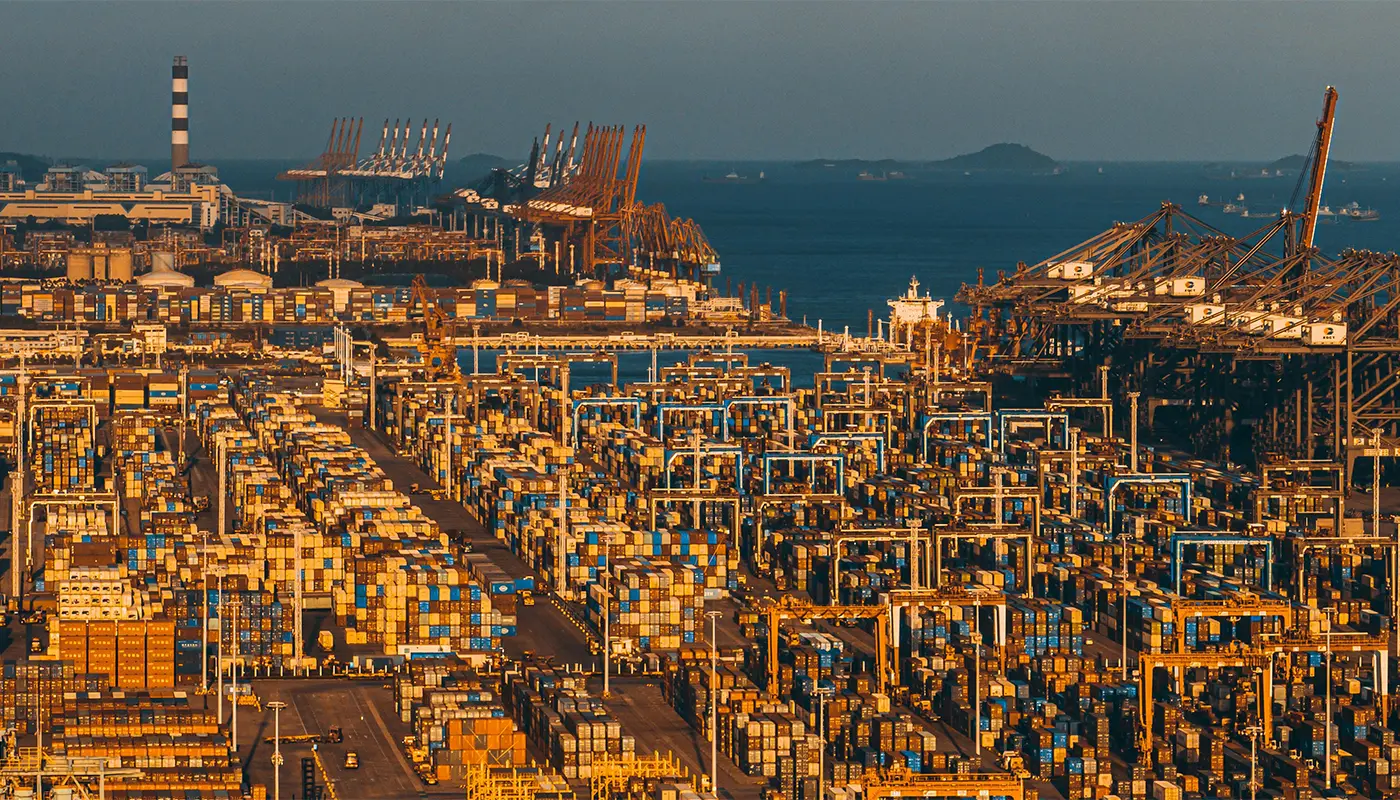BEIJING – Investors worldwide are bracing for renewed trade war turmoil after former US President Donald Trump threatened to impose 100% tariffs on all Chinese imports, prompting a stern warning of retaliation from Beijing.
The financial markets were shaken by Trump’s announcement, made via a post on Truth Social, in which he accused China of “very hostile” moves related to its export controls on rare-earth minerals essential to US industry.
The statement triggered a massive sell-off on Wall Street, wiping approximately $2 trillion from the value of US stocks and causing the S&P 500 to record its steepest decline since April.
In response, China’s commerce ministry issued a statement on Sunday, placing the blame for escalating tensions squarely on Washington. “Wilful threats of high tariffs are not the right way to get along with China,” a ministry spokesperson said via the state-run Xinhua news agency.
“China’s position on the trade war is consistent. We do not want it, but we are not afraid of it.” The spokesperson added that if the US persists, China would “surely take resolute measures to protect its legitimate rights and interests”.
The ministry also defended China’s recent export controls on rare-earth elements such as holmium, erbium, and thulium, clarifying that the measures are not an outright ban and that compliant applications for civilian use would still be approved.
This new threat compounds an already complex web of overlapping US tariffs on Chinese goods. According to analysis from the Peterson Institute for International Economics, the average US tariff on Chinese imports stands at 51.1% as of May 2025, having increased significantly since the start of the year. The current trade landscape includes multiple layers of duties:
Analysts suggest Trump’s extreme threat could be a negotiating tactic. Michael Brown, a senior strategist at Pepperstone, described it as potentially being part of an “‘escalate to de-escalate’ strategy,” where outlandish tariff figures are threatened to force faster concessions from the other side.
The situation remains fluid, with the world’s two largest economies on a collision course that could have severe repercussions for the global economy.
All eyes are now on Washington to see if the tariff threat will be enacted and how Beijing will follow through on its promise of “resolute measures”.
Sources: SCMP, The Guardian




